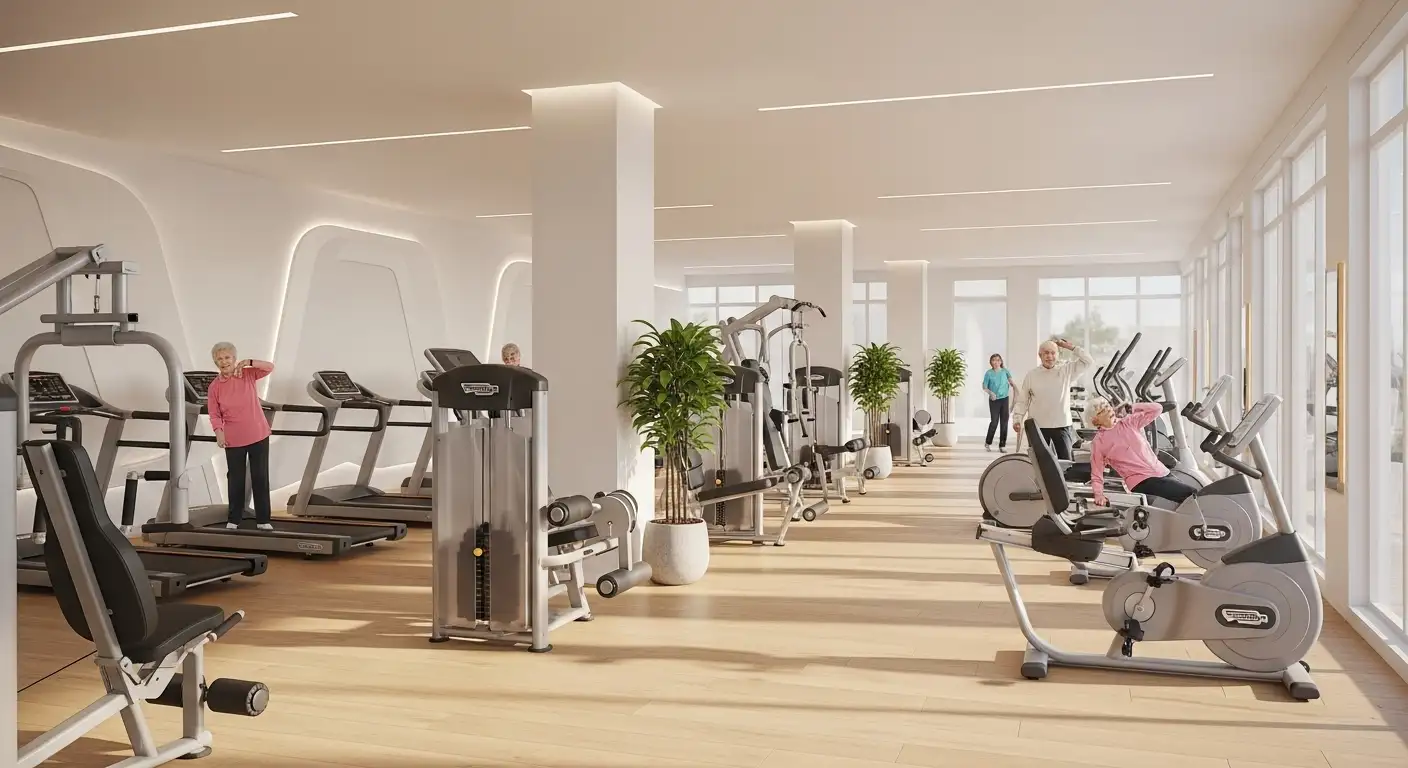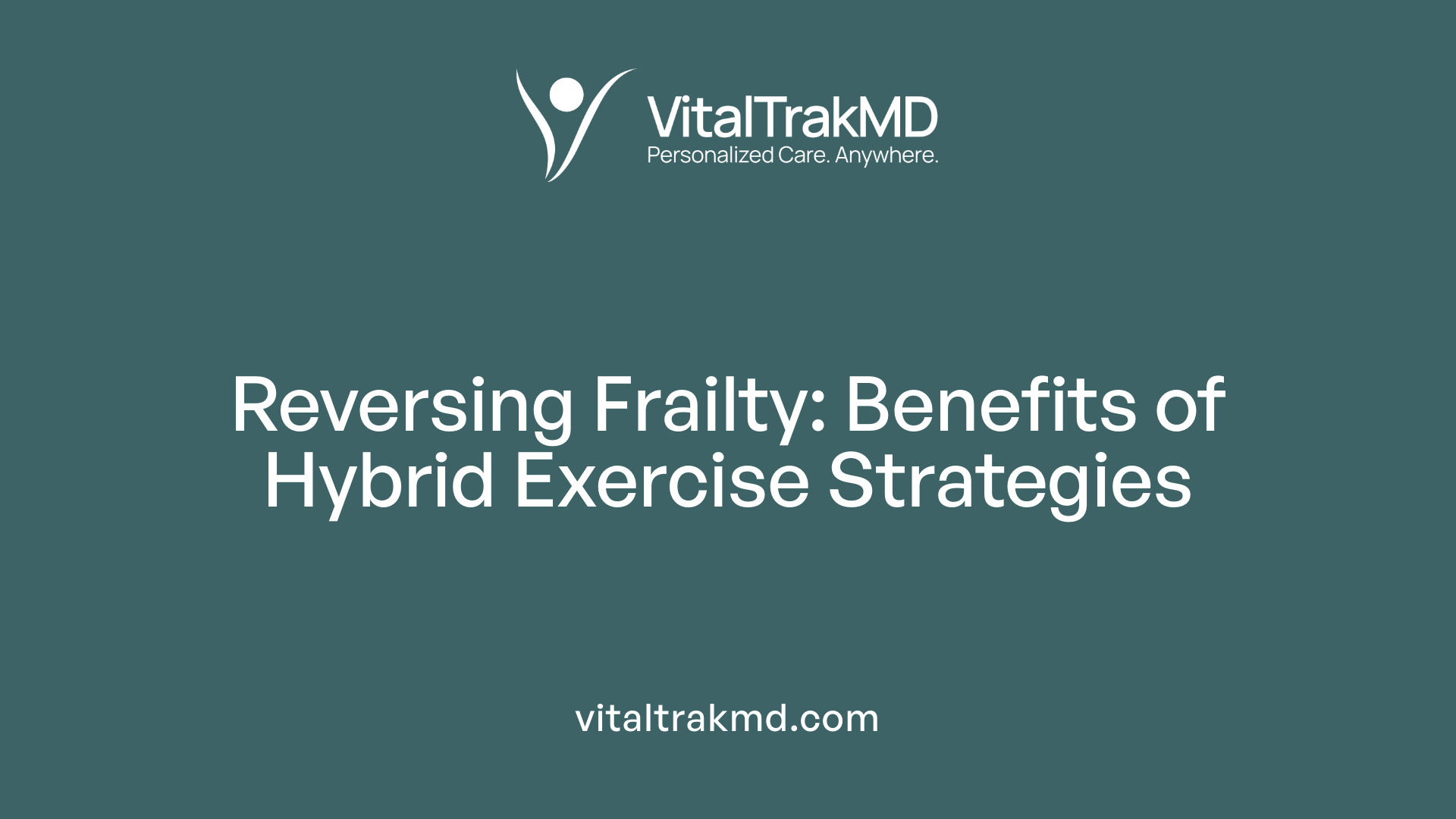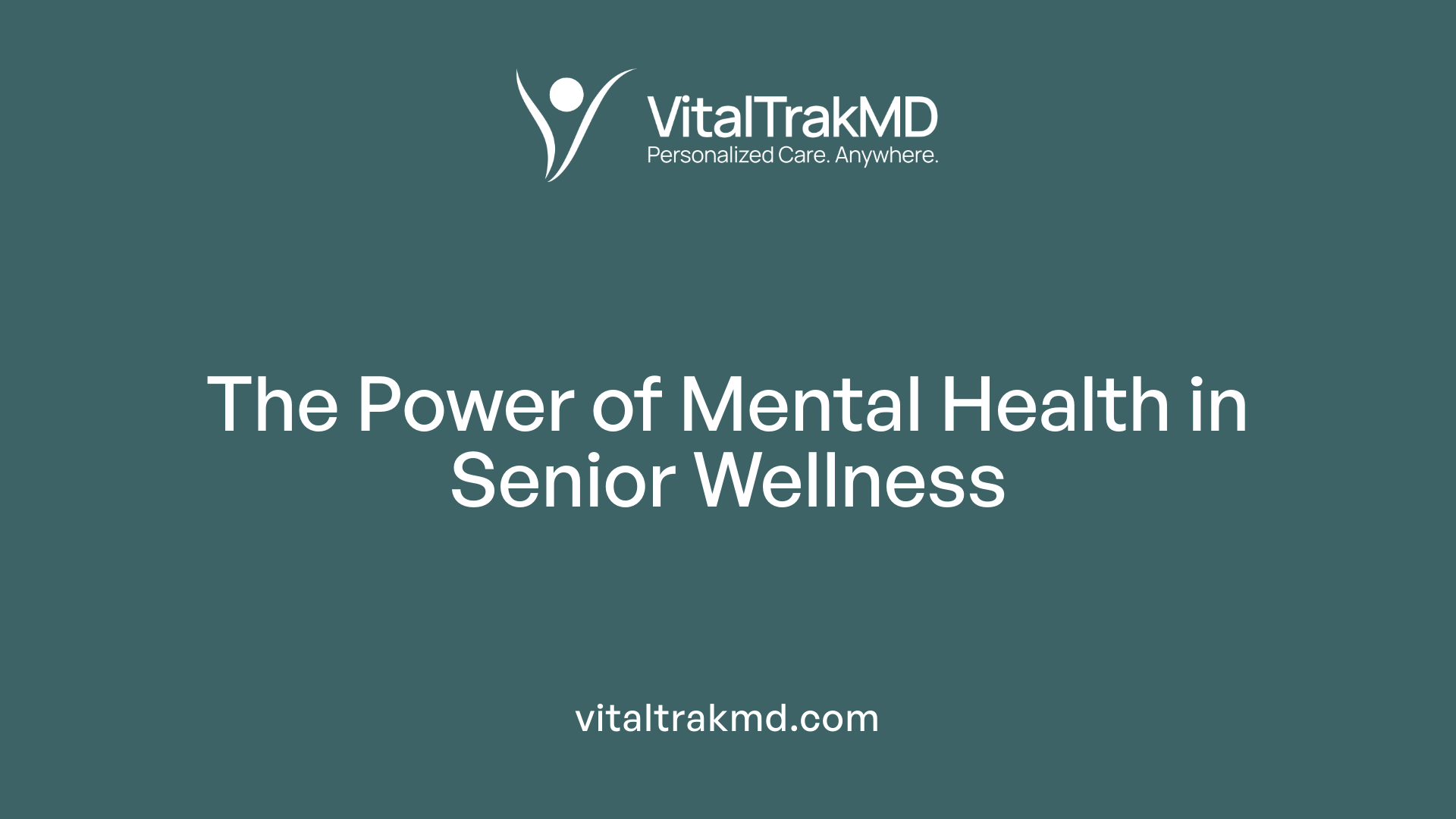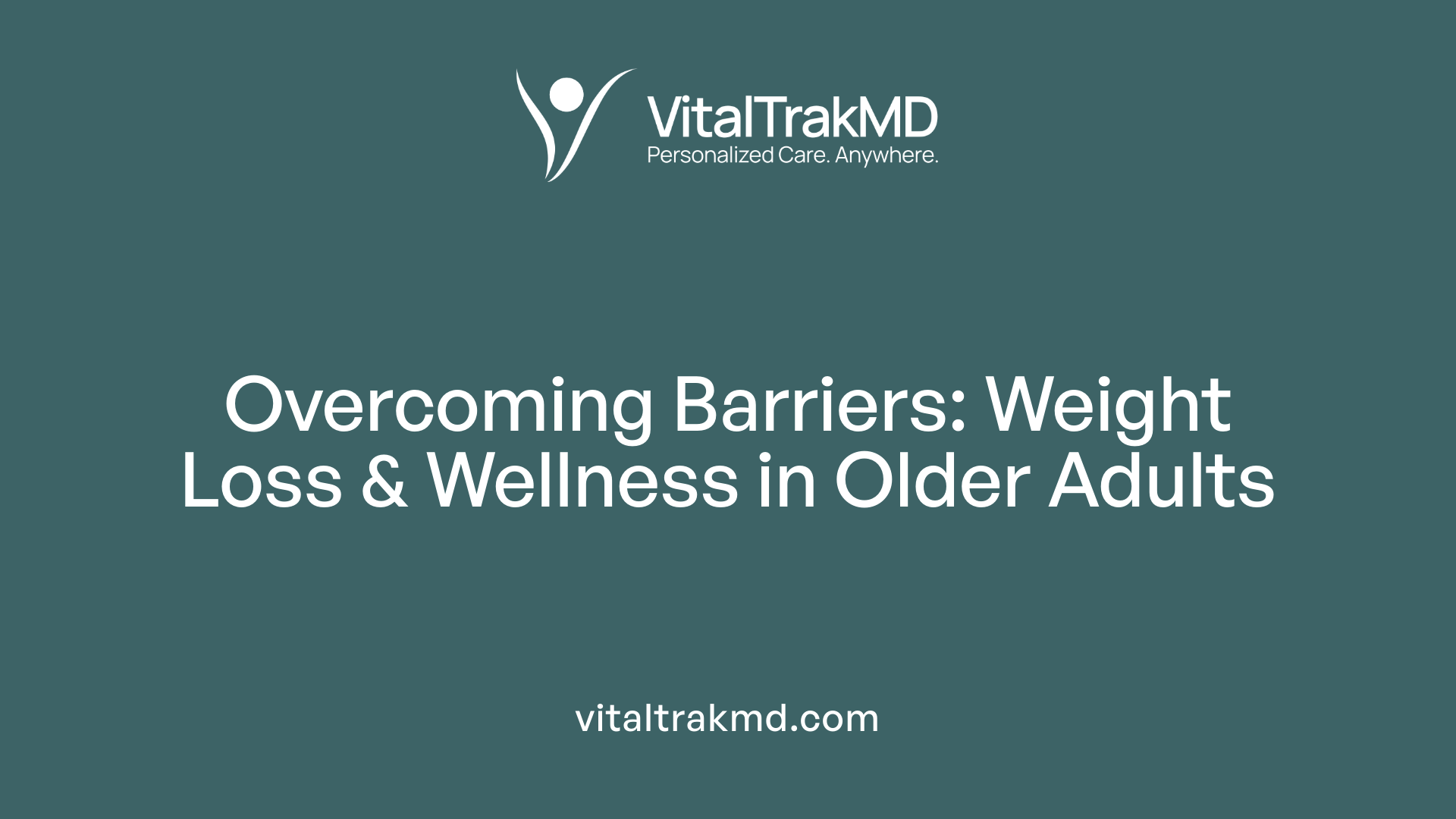Why Hybrid Programs Provide Ongoing Motivation to Seniors

Embracing Hybrid Wellness to Combat Frailty in Seniors
As the population ages, addressing the physical and mental health needs of seniors becomes increasingly critical. Hybrid wellness programs, which blend traditional and innovative exercise and health interventions, are emerging as a powerful strategy to promote ongoing motivation and improve overall well-being among older adults. Grounded in evidence-based research and customized to individual needs, these programs not only enhance physical fitness but also foster sustained engagement and mental resilience in seniors facing frailty and other health challenges.
Key Components of Hybrid Wellness Programs for Seniors

What are the key components of effective wellness programs?
Effective wellness programs for seniors should be comprehensive and tailored to individual needs. A robust program combines health education, regular health assessments, and biometric screenings to help participants monitor and improve their physical condition.
Comprehensive program structure
A hybrid program can include various exercise modalities such as Wu Qin Xi—an ancient, low-intensity exercise—combined with strength and endurance training. This mix not only enhances physical fitness but also targets frailty reversal, a critical goal for older adults.
Health assessments
Physical assessments like grip strength, walking speed, body measurements, and performance tests (e.g., Timed Up and Go, 6-minute walk) allow close monitoring of progress. These indicators help customize exercise regimens and evaluate effectiveness over time.
Tailored exercise regimens
By assessing health data, programs tailor exercise to match participants’ capabilities, maximizing benefits while minimizing risks. Incorporating varied exercises keeps routines engaging and responsive to changing needs.
Engagement strategies
Encouraging active participation through social support, enjoyable activities, and professional guidance fosters motivation and adherence. Using predictive tools such as machine learning models can help foresee who is likely to benefit most, allowing personalized encouragement.
Privacy and incentive considerations
Protecting participants’ privacy by adhering to standards like HIPAA is essential. Incentives, including rewards or recognition, further increase engagement, promoting sustained healthy behaviors and enhancing overall wellbeing.
This structured approach ensures programs are not only effective in improving seniors’ fitness and reversing frailty but also supportive, motivating, and respectful of privacy, ultimately leading to better health outcomes.
Physical Benefits: Reversing Frailty Through Hybrid Exercise

What is the Wu Qin Xi exercise and how does it fit into the program?
Wu Qin Xi is a traditional Chinese exercise characterized by gentle, low-intensity movements that imitate five animals. It focuses on balance, flexibility, and coordination, making it especially suitable for older adults. Despite its low intensity, Wu Qin Xi proved highly effective and formed a core component of a hybrid exercise program designed to combat frailty.
How do strength and endurance training contribute?
The hybrid program combined Wu Qin Xi with targeted strength and endurance training. Strength training helps improve muscle mass and power, essential for tasks like grabbing objects or standing up. Endurance training enhances cardiovascular fitness and stamina, supporting longer periods of physical activity without fatigue. Together, these elements created a comprehensive approach to improving overall physical health in older adults.
What physical fitness improvements were observed?
Participants showed significant gains in multiple areas:
- Grip strength increased, indicating enhanced muscular strength.
- 10-meter maximum walk speed improved, reflecting better walking ability.
- Timed Up and Go Test scores were better, showcasing improved agility and balance.
- 6-minute walk test distances increased, demonstrating higher endurance.
Body height and mass were also monitored to observe any physiological changes.
How was frailty reversal measured and what were the outcomes?
Following 24 weeks of intervention with 181 frail adults (163 completing), about 41.7% successfully reversed their frailty status. This notable outcome underscores the effectiveness of combining Wu Qin Xi with conventional strength and endurance training in reversing frailty.
Which assessment techniques were used?
A variety of physical fitness tests were employed to evaluate progress:
| Measure | Purpose | Description |
|---|---|---|
| Grip Strength | Muscle strength | Measured using a hand dynamometer |
| 10-meter Maximum Walk Speed | Ambulatory speed | Timed sprint over 10 meters |
| Timed Up and Go Test | Mobility and balance | Time taken to stand, walk, and sit |
| 6-minute Walk Test | Endurance and aerobic capacity | Distance walked in 6 minutes |
These objective tests provided reliable metrics to track improvements and guide individualized interventions.
What about predictive tools?
Advanced machine learning models, especially stacking algorithms, were utilized to predict the likelihood of reversing frailty for individual participants. This innovative approach promises to personalize exercise programs and optimize outcomes, paving the way for smarter care strategies in aging populations.
Customizing Wellness Programs to Individual Senior Needs

How can wellness programs be customized to meet individual needs?
Creating wellness programs tailored to older adults begins with thorough personalized assessments. These assessments evaluate physical, mental, emotional, spiritual, and social health, allowing identification of individual strengths, limitations, and preferences.
Setting SMART goals—Specific, Measurable, Attainable, Relevant, and Time-bound—helps structure clear objectives aligned with each person’s lifestyle. For example, goals might focus on improving grip strength or increasing walking speed, reflecting concrete targets influenced by individual assessments.
Integrative approaches foster comprehensive well-being by combining conventional methods like strength and endurance training with alternative practices such as mindfulness or gentle exercises like Wu Qin Xi. This blend addresses diverse health dimensions, supporting holistic improvement.
Structured routines that incorporate varied exercise modalities—including low-intensity, effective regimens such as Wu Qin Xi—boost engagement and progression. Digital tools can enhance routine management and track progress, maintaining motivation over time.
Professional guidance is essential to adapt exercises and wellness activities safely, especially for frail seniors. Expert support enables continual reassessment and adjustment of programs, maximizing benefits and minimizing risks.
By embracing a supportive environment, flexibility, and inclusiveness, wellness programs become dynamic, responsive to evolving needs, and effective in improving quality of life.
Mental Health’s Crucial Role in Maintaining Motivation and Wellness

What role does mental health play in successful weight loss and wellness?
Mental health significantly influences the success of weight loss and overall wellness by shaping motivation, behavior change, and stress management. When individuals maintain positive mental health, they tend to have stronger self-esteem and better body image, which encourage consistent adherence to healthy habits. This emotional resilience helps people overcome setbacks and stay committed to their goals.
Conversely, mental health challenges such as depression, anxiety, or emotional eating can impede progress. These psychological barriers often require professional intervention or support groups to address underlying issues and prevent feelings of isolation. Such support systems provide valuable encouragement and accountability.
Implementing holistic wellness strategies that focus on both mental and physical health—like therapy combined with exercise or nutritional counseling—can yield the best outcomes. A multidisciplinary approach ensures that emotional well-being is prioritized alongside physical fitness, ultimately fostering sustained motivation and long-term success in weight management and wellness efforts.
Overcoming Challenges in Weight Loss and Wellness Among Seniors

What are the common challenges people face when trying to lose weight through care programs?
Older adults often encounter several barriers when attempting to manage weight and improve wellness through care programs. Motivational challenges are frequent, as sustaining the drive to continue exercise or diet changes over time requires continual encouragement. Emotional eating is another obstacle, where stress or feelings of loneliness can lead to unhealthy food choices that undermine weight loss efforts.
Physical limitations, such as chronic pain or reduced mobility, can restrict participation in physical activities, making it harder for seniors to adhere to recommended exercise routines. Additionally, access to care presents structural difficulties. High costs, limited insurance coverage, and transportation barriers often prevent older adults from receiving consistent medical or nutritional support necessary for successful weight management.
Support for program adherence is essential but often lacking. Without the necessary education, social networks, or motivational resources, many seniors struggle to maintain lifestyle changes. Environmental factors, including social media influences and dietary temptations, further complicate adherence.
Comprehensive approaches that address these multifaceted challenges—such as combining medical treatment, behavioral counseling, supportive community programs, and policy reforms—are crucial to improving outcomes in weight loss and wellness among seniors.
Sustaining Senior Wellness Through Hybrid Programs
Hybrid wellness programs that integrate tailored physical exercise, mental health support, and personalized care hold great promise for transforming senior health outcomes. By addressing the multifaceted challenges seniors face—from frailty to motivational barriers—these programs provide ongoing motivation and foster long-term engagement. With evidence supporting significant improvements in physical fitness and frailty reversal, combined with adaptive mental health strategies and customized care pathways, hybrid programs are uniquely equipped to support seniors' journeys toward sustained wellness and vitality.
References
- Hybrid Exercise Program Enhances Physical Fitness and ...
- The Psychological Side of Weight Loss
- How losing weight can impact mental health
- Association of changes in mental health with weight loss ...
- How significant weight loss can affect your mental health
- 8 Steps to a Successful Workplace Wellness Program
- Steps for Losing Weight | Healthy Weight and Growth
- Behavior Modification Ideas for Weight Management
- Choosing a Safe & Successful Weight-loss Program - NIDDK
- Strategies for Family Healthy Weight Programs
Recent articles
Want to Feel Better and Live Healthier?
Join hundreds of patients taking control of their health with personalized care that fits their life – not the other way around.
Rated 4.8/5 by 32+ customers







